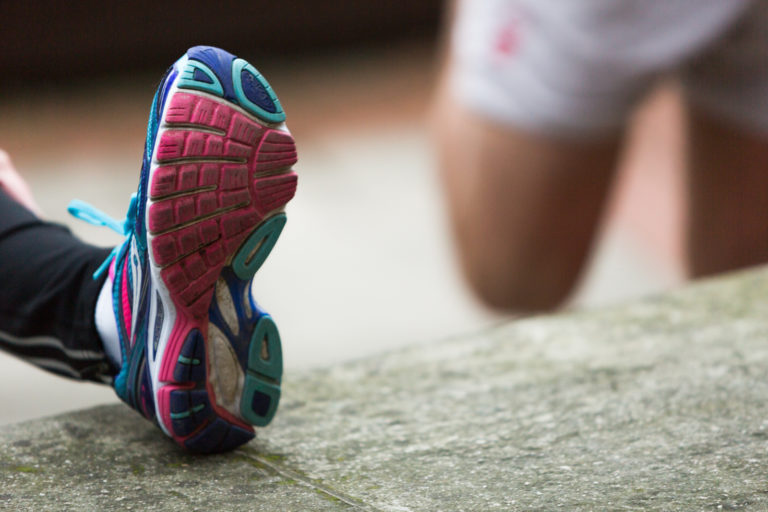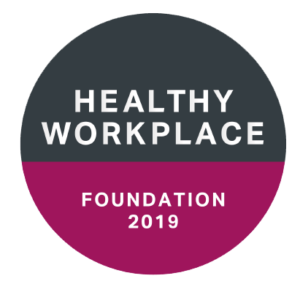Business Development and Partnerships Manager, Jennie Rivett, asks how willing we are to challenge the sport sector’s status quo.
Sports Development. A term so central to our sector, but does it have negative connotations of doing the same thing over and over?
Four years on from the publication of Sporting Future, it’s evident the sport sector remains in a state of transition; business as usual versus new policy and public interest.
It is pertinent therefore to question whether we are guilty of continuing to use traditional methods to get people active; churning out the same 8-week programmes, poster advertising in leisure centres and delivering the same events each year.
Although many of these tactics have been tried and tested, how many are based on insight, integrate technology and have a positive long-lasting impact on people’s lives?
As we have continued to deliver such sport initiatives, the sector has welcomed physical activity, health and wellness to the agenda, expanding our networks and reach.
As part of this, research and technology have also been thrust into the limelight for our consideration.
This shift, backed by government strategy, has created new challenges and with it a need to think differently about how we get people active.
It’s clear individuals and organisations have a desire to test new approaches, learn from failure and build innovative solutions, but right now are we confident enough to truly mix it up?
Design and Impact Director, Navjeet Sira from The Change Foundation has spent 15 years in our sector and recognises how now more than ever its important to be creative with solutions
The fundamentals of coaching sport have changed dramatically over the last 10 years, from accessible sports sessions with time to socialise to now weaving in hard-hitting social messages through the power of sport to make a difference in our communities.
So, it is imperative that we incorporate creative solutions in our coaching now more than ever, particularly in the case of young people.
The Change Foundation reaches the most marginalised young people not on a ‘system’ and therefore, we have to work innovatively to find and engage those young people.
We’re willing to take risks every day, because that’s what it takes. Your coaching kit bag should not only be full of sports equipment but full of ideas and solutions on how to use sport to its best.
As suggested, the role of insight and technology can help us in part to seek an answer to the question of how we seek to engage with the future in mind.
Five years ago, ‘insight’ (as opposed to simply ‘data’) was a foreign term to many of us, devoid of understanding or an appreciation of its ability to help us develop evidence-based interventions.
Fast forward to today and it has been fully embraced by most sector organisations; finally, we are catching up with other industries like retail that have capitalised on insight for decades.
Refreshingly, it is now recognised as a vital component to reach our collective goal of getting people active; to both evaluate the effectiveness of traditional methods and guide new creative solutions.
Positively, through our extensive network at London Sport, we have seen multiple examples of this way of working.
Most recently Haringey and Enfield Councils have joined forces, commissioning London Sport to understand their Turkish and Kurdish communities.
This project will gather new insights on this target audience to determine local provision ensuring its relevant and impactful.
Insight also has an important role to play to secure funding; helping organisations provide an evidence base for why projects should happen and allowing for innovative solutions to be explained more clearly.
Often moving away from the traditional is seen as a risk but using intel in the right way provides the perfect platform to try something new whether its successful or not.
Jane Connor, Head of Public Health Development at the Royal Borough of Greenwich, agrees that insight is strengthening and changing the way the borough works.
Developing our understanding of local residents and their attitudes to being active is at the heart of our developing new physical activity and sport strategy.
Good insight helps us to target our time and resources effectively and to provide the best possible services and facilities for local people and communities.
Technology, another relatively new concept in our sector also has the potential to move us beyond the traditional.
Across the wider sport industry, it’s currently a mix of the completely unknown, or it’s fully integrated into provision.
Technology on its own is a constant innovator, providing us with an opportunity to enhance how we communicate about physical activity and deliver impactful programmes and products.
Over the past year London Sport has worked with Hackney Council to achieve just this; delivering two events to educate local organisations and explore new creative ways to engage residents in local sports activities.
Technology provides a platform for the sector to assess and potentially build on some of our traditional methods to get people active. We can extract the good parts and make them even better, ensuring provision is more accessible and relevant.
To summarise, as a sector it seems we are doing a bit of both. What we shouldn’t do is stop all the good work to date, rather be a little smarter; gather and use insight, embrace technology, approach funding bids differently and crucially assess the true impact on activity level.
Our audiences are the ones that can tell us if our methods are working, traditional or new, and we need to take them on our journey.
London Sport can support organisations through bespoke insight, technology and funding projects, more information can be found here.





